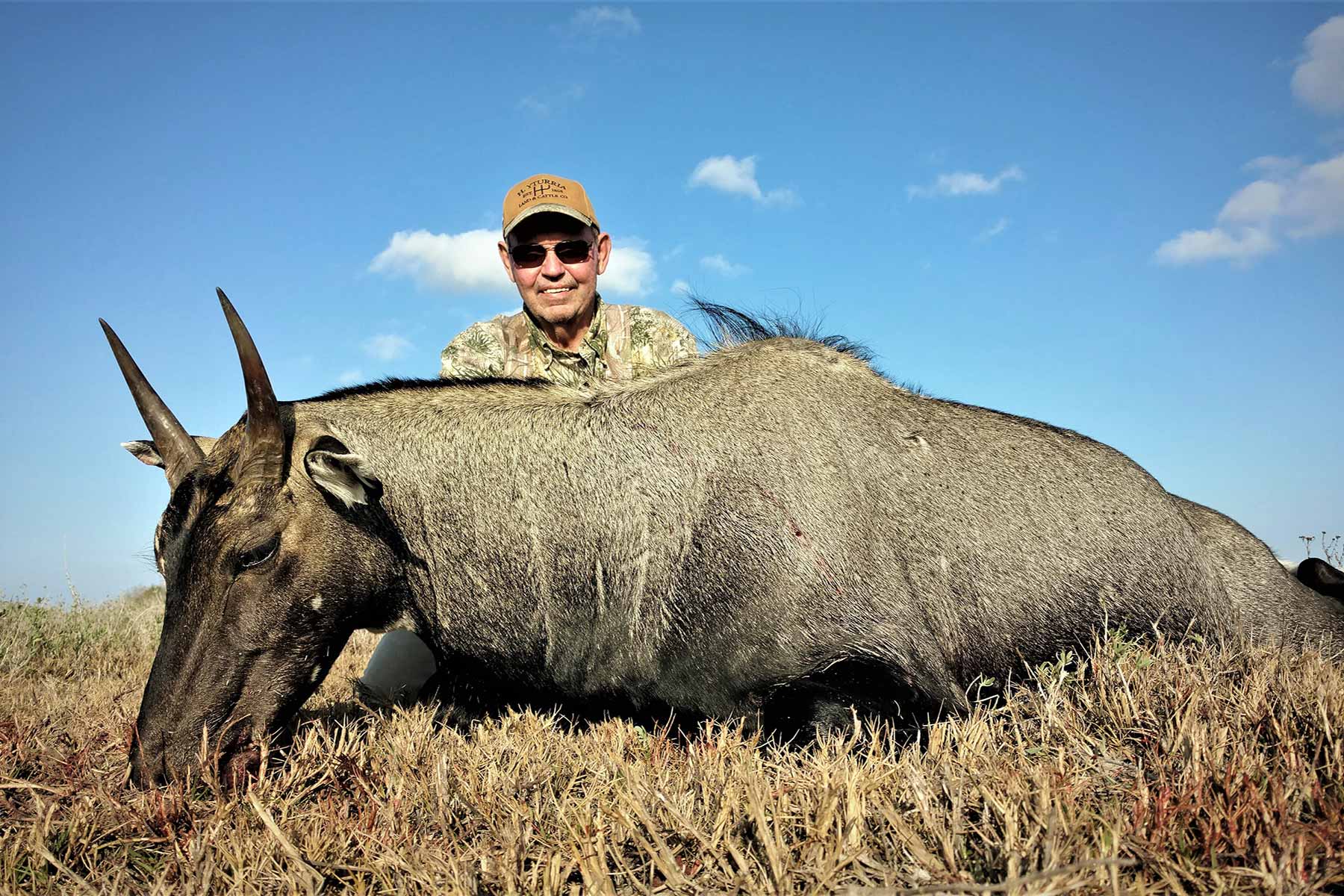

“It’s not right to shoot a doomed lawn ornament on a hunting ranch-it’s not conservation,” says Priscilla Feral, president of the Connecticut-based animal welfare group Friends of Animals, which has sued the U.S. They object to the commercialization of wildlife and the hunting of globally rare animals for sport-a tough argument to win in a place like Texas Hill Country, where deer-hunting season is a fall tradition. Some animal-rights activists, who object to the idea that wild animals are resources for humans to profit from, have sought to curtail the exotic ranching industry. “The sale of breeding stock has remained strong,” he says.
Animals in texas ze drivers#
While a domestic cow generally sells a for little over $1,000, even a common exotic animal such as a scimitar-horned oryx can go for four times that amount.ĭemand for year-round hunting and the draw of being able to sell year-round hunts without the restrictions that come with white-tailed deer breeding and hunting have also been drivers of growth.ĭuring the coronavirus pandemic, Texas Governor Greg Abbott deemed hunting and agriculture-which includes animal breeding operations-“essential” activities, so the industry hasn’t been heavily impacted despite the economic downturn, Seale says. More people have realized they can raise and sell exotic animals for greater profit than domestic livestock. Under Texas law, exotic species are classified as “livestock,” so while the owners must adhere to certain animal health requirements, there’s little regulation beyond that. Endangered Species Act list, which focuses primarily on the protection of native species.

But these and almost all exotic hoofstock species on Texas ranches can be hunted legally because most aren’t on the U.S. Some of the species on these ranches are threatened, endangered, or even extinct in the wild, like the scimitar-horned oryx. Instead, like domestic livestock and pets, they’re considered private property. Unlike native white-tailed deer, elk, and bighorn sheep, they’re not legally classified as game-even though they’re often hunted. Texas’ exotic game animals aren’t domesticated and often don’t require much hands-on care, but neither are they truly wild. “If we don’t tell our story, somebody else will,” he says. Gilroy is more open with journalists, however. Questioning one is like questioning all-in other words, the institution of exotic animal ownership is not open for debate. “We love America, we love the military, and we love our animals,” Byron Sadler says, summarizing his affection for and sense of duty toward all three. Ranch in Mountain Home, for example, agreed to meet me in 2019 against the counsel of friends. Over the next four hours, the team captured seven addax, four gemsbok, two blesbok, and one sable-which Wildlife Partners bought all together for $37,000, cutting a check to the owner on the spot. It was then lifted to a temporary holding pen while more animals were rounded up. As saliva collected on the gemsbok’s chin, they rolled it into a sling connected to the helicopter. Honeycutt dashed out and grabbed the horns of the animal, while a cowboy who had ridden with us bound its legs. The helicopter landed just as the antelope stumbled and fell. Honeycutt loaded up a dart gun with a nerve-blocking agent that would temporarily immobilize the animal. In May 2019, helicopter pilot Darren “Chavi” Flores flew me and Tad Honeycutt, head of Wildlife Partner’s capture crew, over a herd of gemsbok-large antelope with long, straight horns-in preparation for capture and sale. Wes Livingston and BJ Dugger grab the horns of a sable antelope that’s been airlifted from a pasture at Tequila Trophy Ranch in Utopia, Texas, about 60 miles west of San Antonio.Ībout 80 miles west, at Nitro Whitetails and Exotics, I got an up-close view of how airlifts and transportation operations work.


 0 kommentar(er)
0 kommentar(er)
